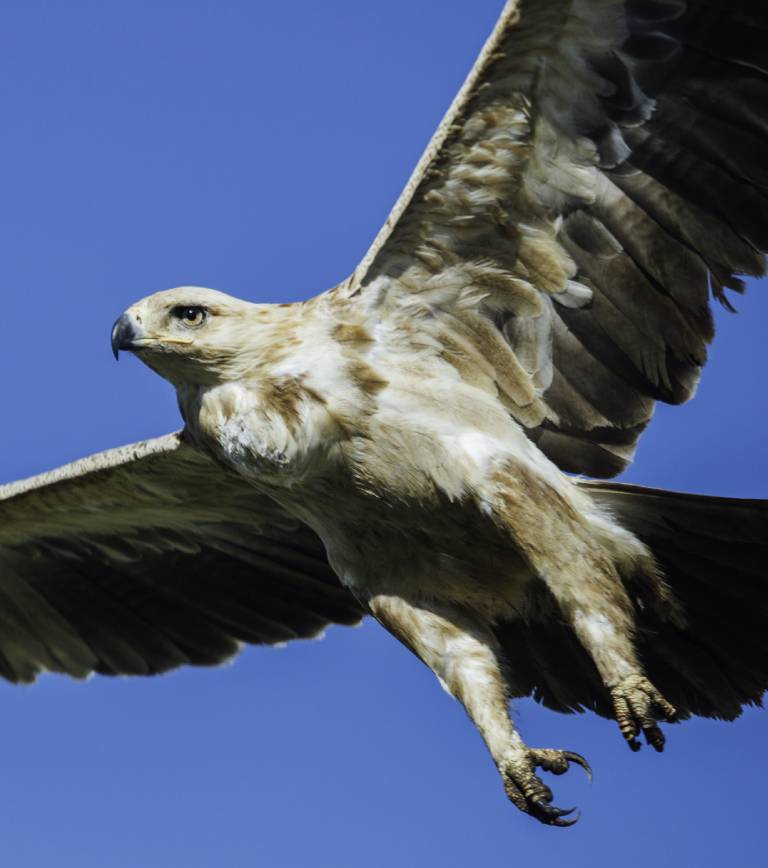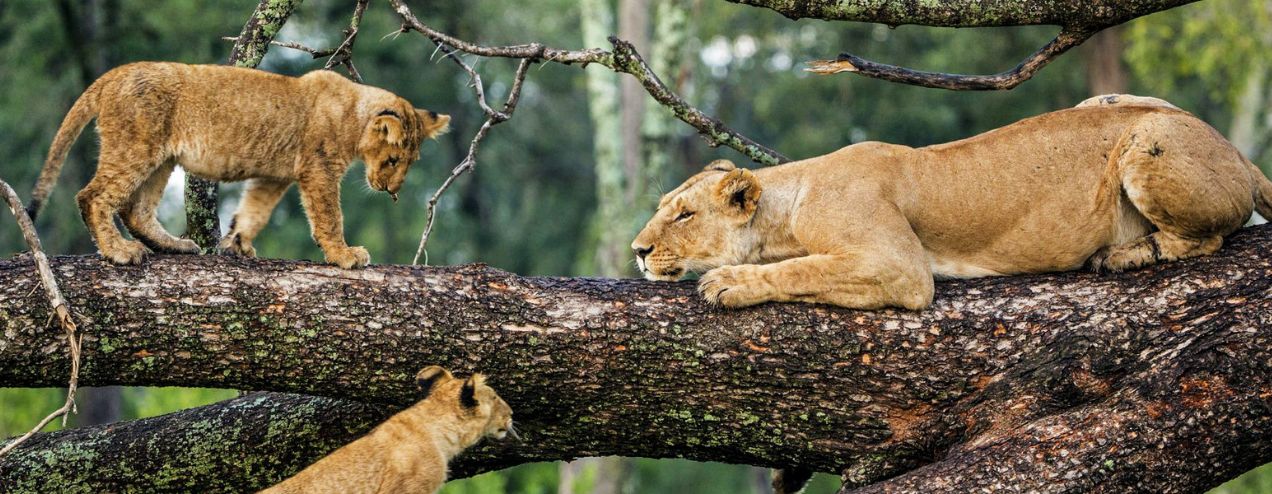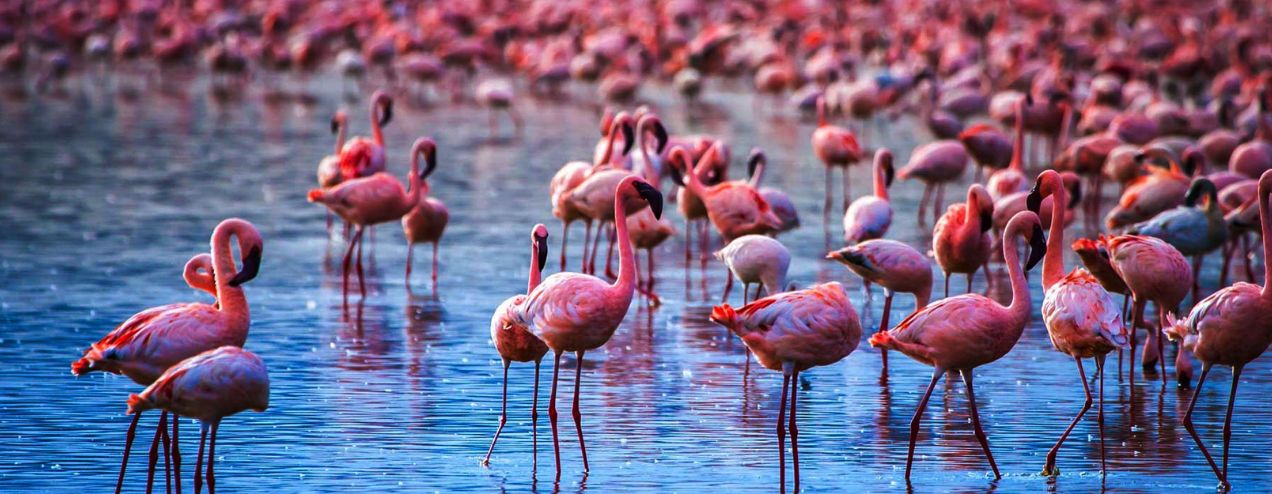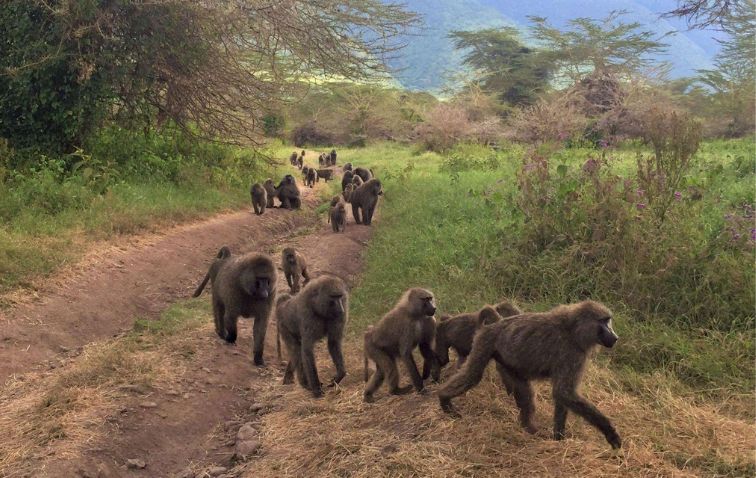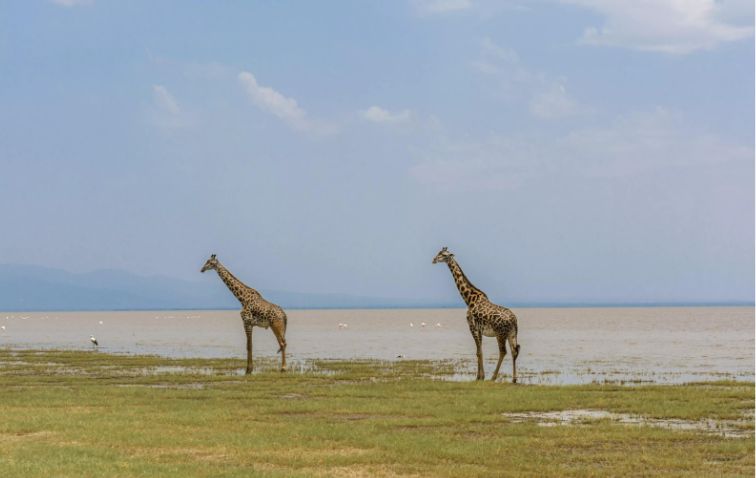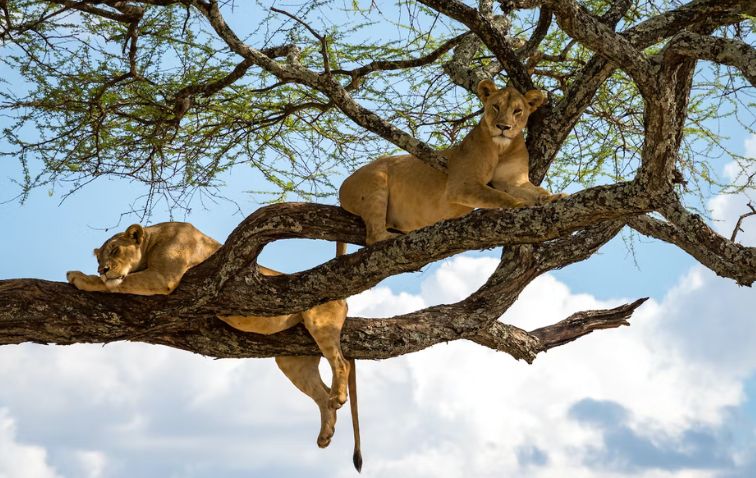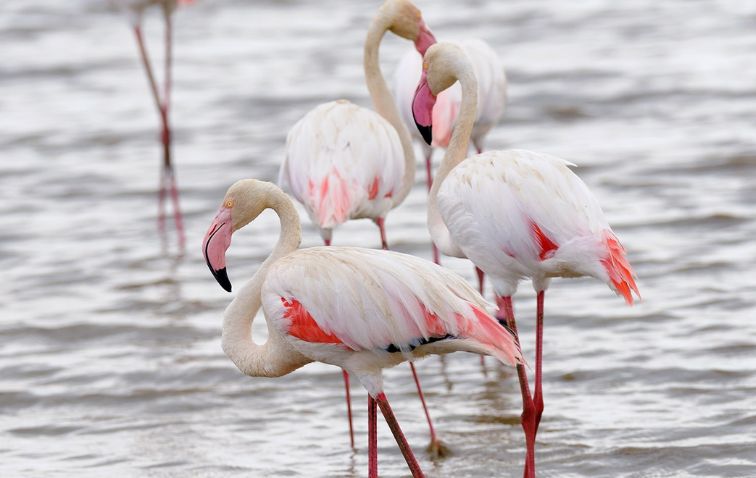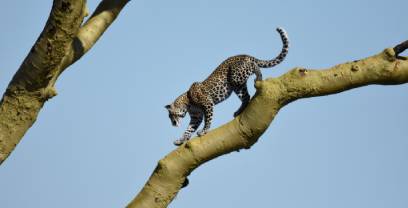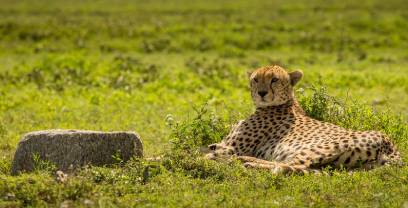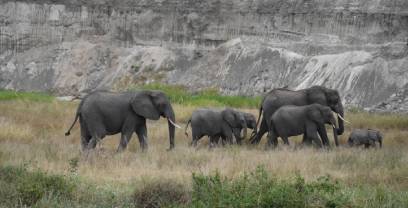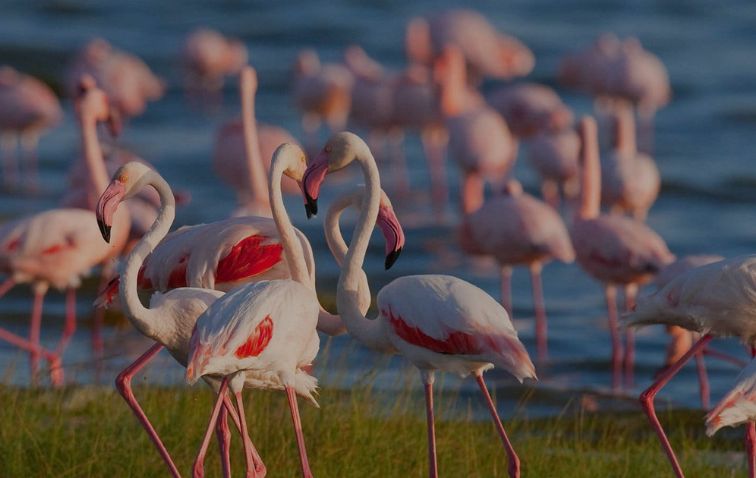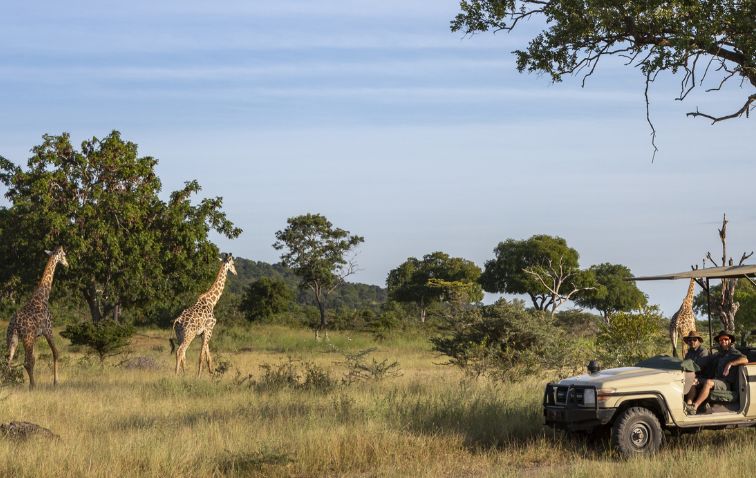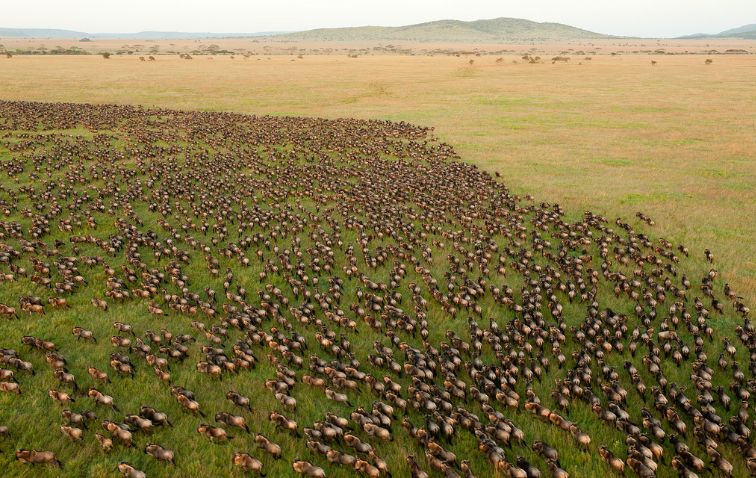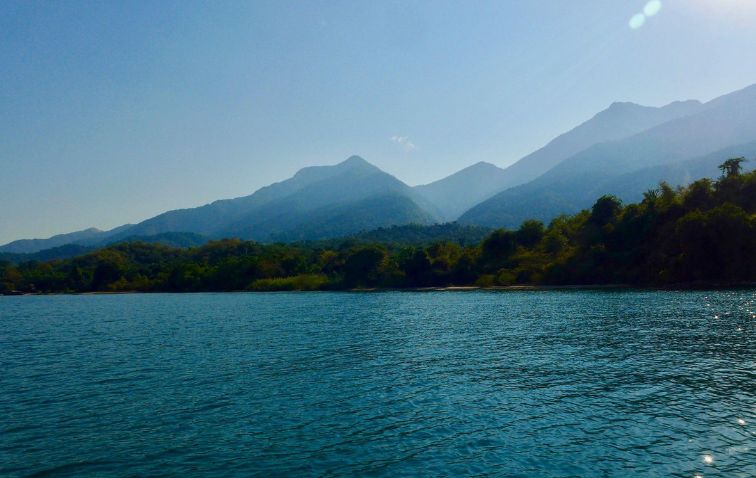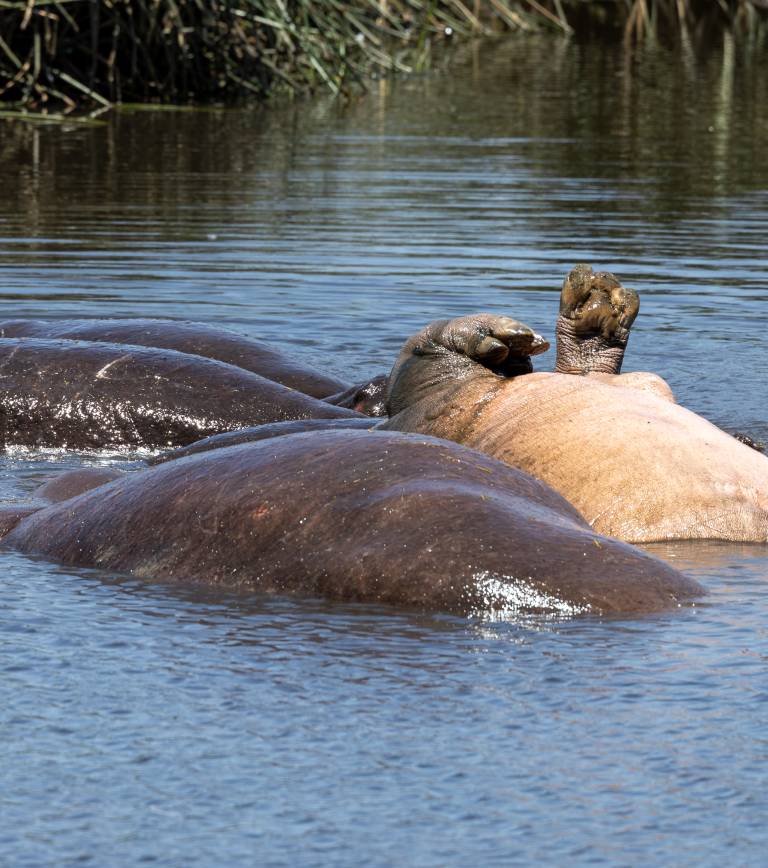
A Blooming Wonder For Nature Lovers And Birders!
Where the Great Rift Valley meets Soda Lake, a wilderness paradise is formed known as Lake Manyara National Park. It’s a place of enchantment where towering acacia trees stand over the plains and tree-climbing lions bask in the sun. We, at Simba Safaris, we believe that the best way to experience Lake Manyara is on a safari. Our expert guides lead visitors on an impressive journey through the park, where they encounter elephants, buffalo, cheetahs, giraffes, and many other amazing animals. Add this to the flourishing birdlife of the park and you’re good to go on an all-encompassing Tanzania Safari adventure.

